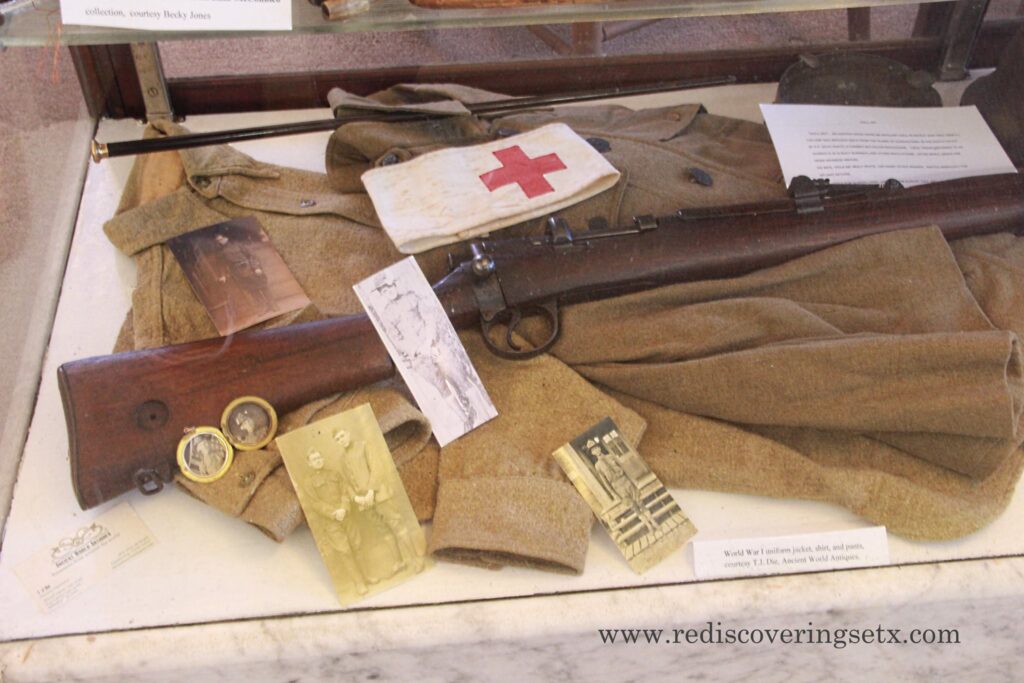
Good morning to everyone except Mr. Snow Miser. Here he comes now, the big ham. His icy crap and low temps suck. I prefer Mr. Heat Miser because he’s Mr. Green Christmas. He’s Mr. Sun. He’s Mr. Heat Blister and Mr. One Hundred and One. They call him Heat Miser because whatever he touches starts to melt in his clutch. He’s too much!
I hope you all survived this icy nonsense called mid-January. I blame all the folk participating in dry January. January is never dry, just frozen for the weekend, then we deal with rain and the Canadian thistle weeds, clover, and other growing stuff that appears in spring. Not to brag, but I am certified in afterlife heat-tolerance training. This does not matter in January, though. It basically means that I have a jacket on when the temperatures fall below 67 degrees.
This week, I have been focusing on the Port Arthur High School yearbooks that I acquired from a friend who texts me whenever he finds something from Port Arthur. Although I can’t take everything he suggests, he somehow finds a lot of interesting stuff at estate sales. I have five editions of The Seagull, the yearbook of the first years of Port Arthur High School. I have the ones from 1918, 1922, 1923, 1925, and 1927 thanks to Mr. Don Smart. All the years are digitized and can be viewed at the Portal to Texas History. I’ll leave a link at the bottom of the blog.
I’ve also been looking at my maps, and the city of Ronald stands out because it was, I believe, a place where the train stopped. I have a map of the city from a Texas and New Orleans Railroad Survey. I did find a “Ronald, Texas” stop on the Houston and Sabine Pass Railroad. It was just south of Fannett and northeast of Big Hill on an 1898 map that I purchased from the Spindletop Boomtown Museum over ten years ago. I will state that this map keeps on giving, whether it’s finding Catherina Stengele’s rice farm and land or Ronald McDonald touting that he and N. A. Gallagher founded a city (yep, that’s his name, and now I really want to look into the story). I will also give kudos to the Spindletop Boomtown Museum for selling this treasure.
On Friday, I attended the “Preserving the Legacy of W. T. Block Jr.” lecture. Bill Block, W. T.’s son, did a fantastic job of explaining why we need to preserve history and how to do it. His journey of reclaiming some of W. T.’s files and learning the ropes of self-publishing to bring his books back to print for a decent price is commendable because some of these online stores are ridiculous. In the end, though, will you pay for what they offer? Luckily, the reprints of his father’s books are accessible at a decent price. I’ll leave a link at the bottom of the blog.
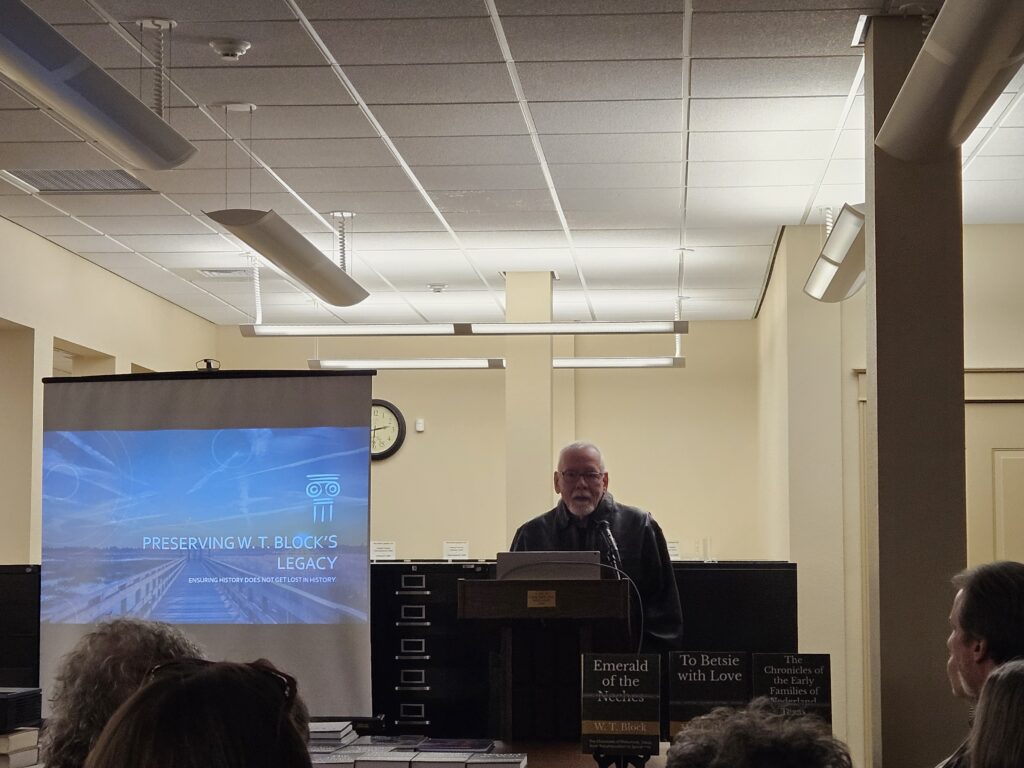
This event really had a good turnout, and I hope to attend more of these gatherings at the Tyrrell Historical Library. My only regret was not knowing that the Listen Closely podcast hostess/“Old News” Facebook page creator was in the audience. If you haven’t checked out the podcast and the Facebook page, I have the links! If that’s okay with you, Mrs. Marble! I love your work.
A few weeks ago, a reader sent me down memory lane. I found out that someone in her family lived basically across the street from the house I lived in during the 1990s. Also, we had a mutual interest in one of our neighbors. I have many spirit animals that have influenced me (isn’t that what the kids say? Or is that the new-aging community?). Margaret Hamilton (Wizard of Oz), Bunny Rabbit (from Captain Kangaroo), Oscar the Grouch (from Sesame Street), and Yukari Akiyama 秋山 優花里 (Tank Enthusiast from Girls Und Panzer) have all had an influence on my life, but not as much as Roy Temple. My neighbor, who was a living being, had a major impact on me on many levels. He taught me a lot and told me stories of coming to Port Arthur from Leesville, Louisiana, in 1957. I did a tribute for him in 2012. I’ll leave a link.
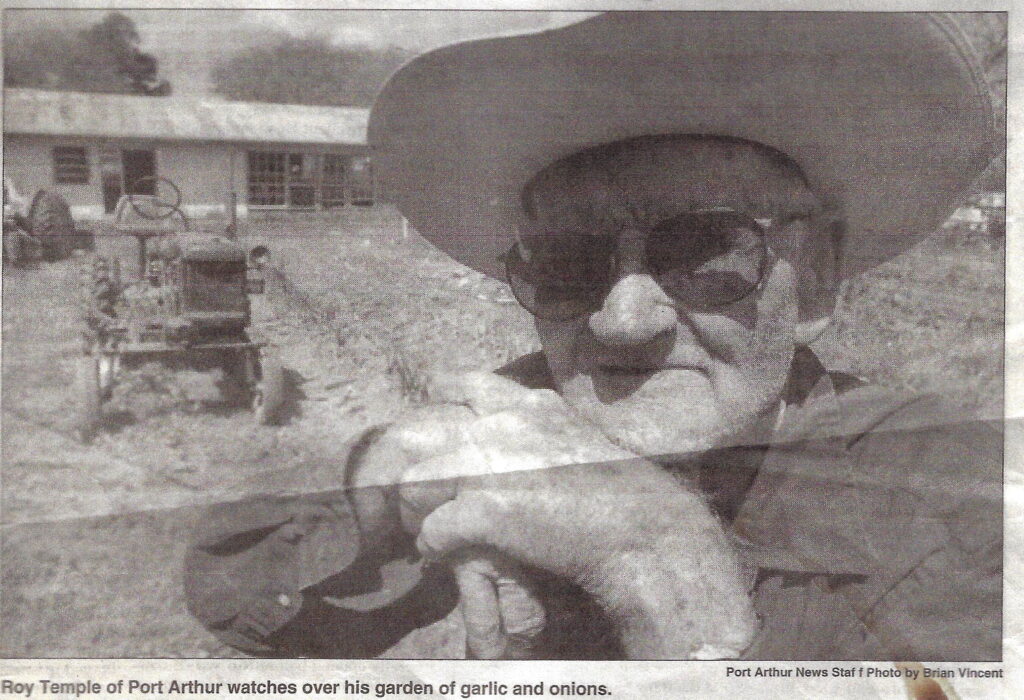
I don’t know if I ever told this story here before (I could go back and look for it, but it’s cold and my search engine is sketchy). A friend—we’ll call him Doug—saved a few treasures from a garbage pile. Unfortunately, someone passed, and the nieces and nephews threw out many boxes of gems. (This happens all the time, so if you have something to pass on, you should know that your family members are the worst people to trust to pass it on. Make a plan.) These boxes contained oil stock certificates, abstracts, lawyer stuff, a map of Hardin County, and a World War I Red Cross armband. The stock certificates were never given to me. Although worthless, they were cool, so the finder decided to keep them. They gave me the other stuff. I contacted the Hardin County Historical Commission and agreed to give them the map and all the papers. I decided to keep the armband. Everything was good to go the day before. That evening, as I was photographing and digitizing as many papers as I could, I became ill—ill enough to recognize the sign that a treasure needs to be in a certain place. The next afternoon, I dropped off all the papers, along with the armband, because that is where I suspect Mr. Cruse wanted it to be—I digress.
Today, if you visit the Hardin County Museum, you will see the Red Cross armband in the case, among other historical relics. I don’t go there often, but I love this museum, and I hope it continues to grow.
Would you be interested if there was a volunteer day to help clean up an abandoned cemetery in Jefferson County in late January? If you think you might want to help, reach out to me so I can give you the details. I will definitely be talking about this in future posts; for now, we need to get the details in order.
Until next week, make sure your bananas are secure in your kitchen because Ratatouille paid the ultimate price for sneaking in under the oaks on Block’s Formosan Farm and trying to eat my bananas at 3:30 a.m. The bananas are safe now, but my Tanto short sword is chipped.

Don’t ever mess with my bananas!
The Seagull -Port Arthur High School Yearbook 1918:
https://texashistory.unt.edu/ark:/67531/metapth139825/
W.T. Block website
To Purchase His Books:
Listen Closely Podcast:
https://www.facebook.com/HTTLISTENCLOSELY
Old News:
https://www.facebook.com/profile.php?id=61555333351969
Tribute to Roy:
https://www.rediscoveringsetx.com/2012/07/24/remembering-roy/
Museum of Hardin County:



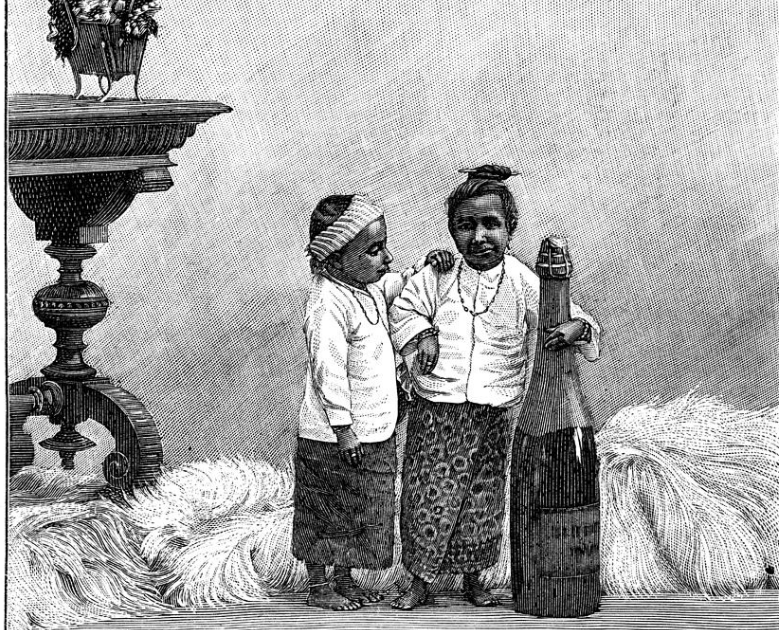
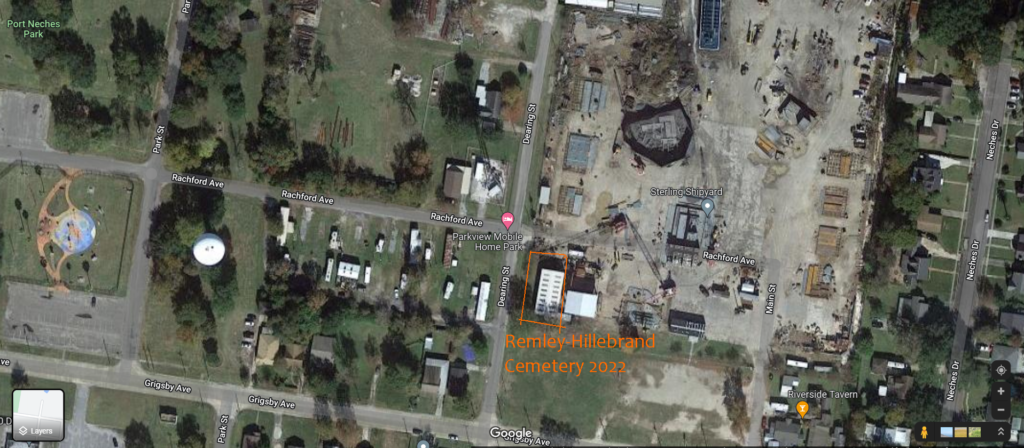
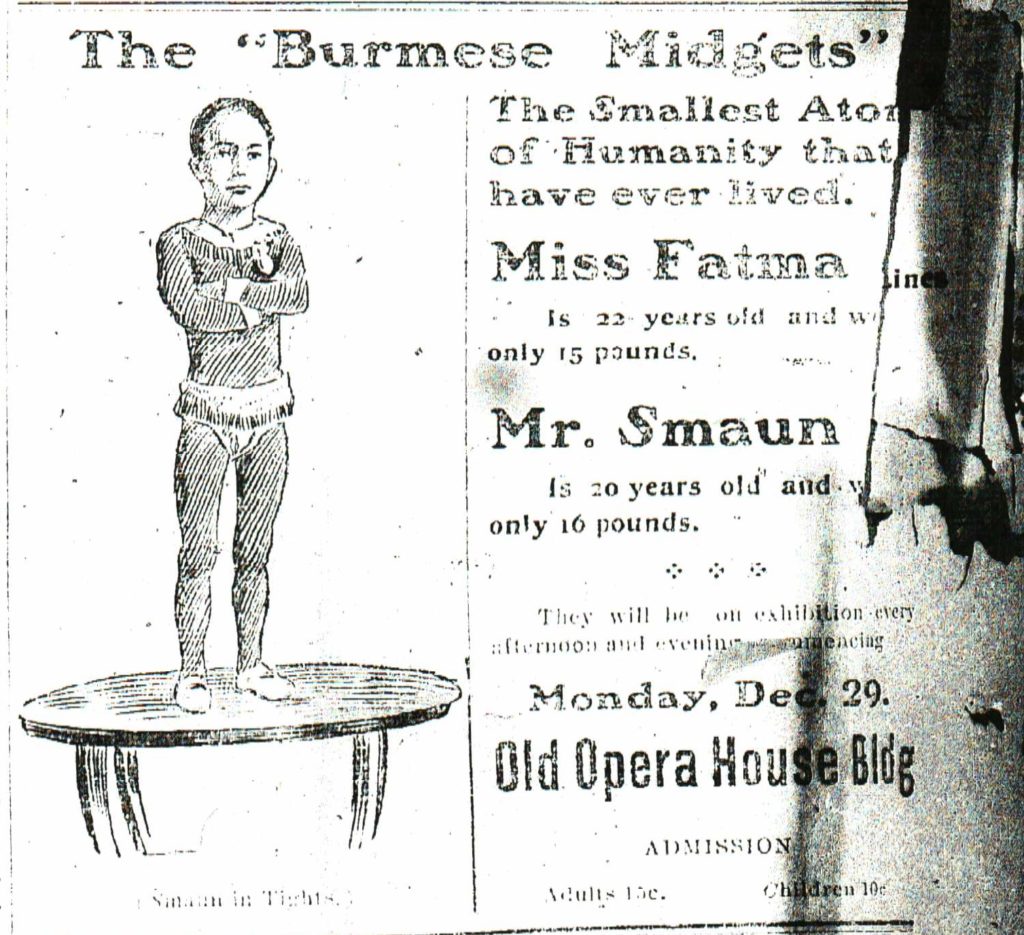
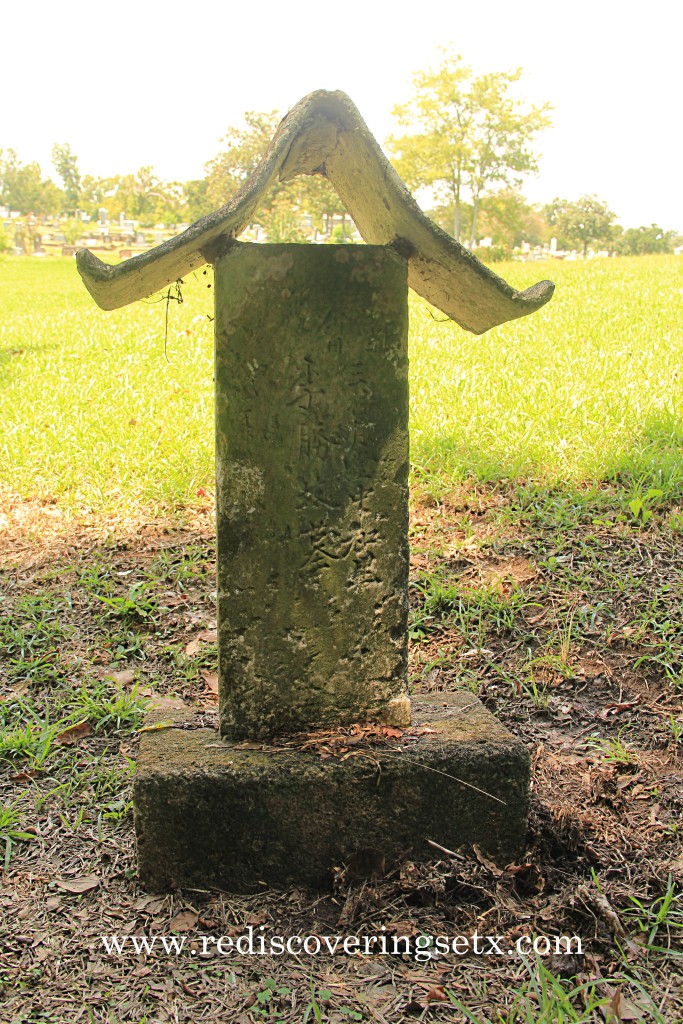
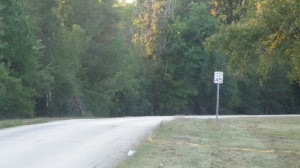
You must be logged in to post a comment.